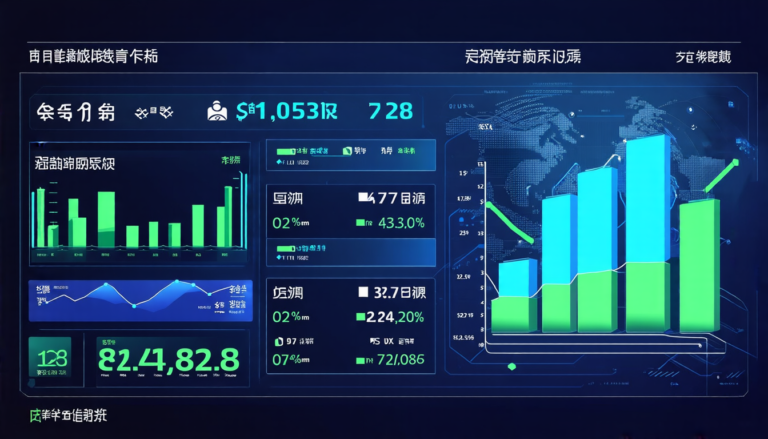Sunday 06 April 2025
For years, predicting electricity prices has been a challenge for energy traders and utilities alike. The fluctuations in demand and supply are complex, making it difficult to accurately forecast prices. However, researchers have made significant strides in recent times by incorporating seasonal patterns into their models.
The long-term seasonal component (LTSC) of electricity prices is particularly important, as it accounts for the regular fluctuations that occur throughout the year. For example, prices tend to be higher during peak summer months when air conditioning usage increases. By factoring this pattern into their forecasts, researchers have been able to improve accuracy and make more informed decisions about energy trading.
One approach that has shown promise is called seasonal decomposition. This involves breaking down the price series into three components: a trend- cyclic component, a deterministic seasonality component, and a stochastic residual component. The LTSC is then used as an input to predict future prices.
Researchers have also experimented with combining multiple models to create more accurate forecasts. By pooling the predictions of different models, they can reduce uncertainty and improve overall performance. This approach has been particularly effective in predicting extreme price events, such as those that occur during heatwaves or peak demand periods.
The impact of these advances is significant. For energy traders, accurate forecasting means better decision-making about when to buy and sell electricity. Utilities can also use this information to optimize their generation capacity and reduce costs. The benefits extend beyond the energy sector, too – improved forecasting can help stabilize the grid and mitigate the effects of extreme weather events.
The potential for further innovation is vast. As renewable energy sources become increasingly prominent in the mix, new patterns and fluctuations will emerge that need to be accounted for. Researchers are already exploring ways to incorporate these changes into their models, using techniques such as machine learning and artificial intelligence.
In recent tests, the combined approach has shown significant improvements over traditional methods. For example, one model achieved an accuracy increase of 10% when predicting day-ahead prices in a major European market. Another study demonstrated a 15% reduction in mean absolute error (MAE) for forecasts made using this method.
As the energy landscape continues to evolve, it’s clear that advances in forecasting will play a crucial role in shaping the future of the industry. By harnessing the power of seasonal patterns and combining multiple models, researchers are paving the way for more accurate and reliable predictions – and ultimately, a more sustainable and efficient energy system.
Cite this article: “Unlocking the Power of Seasonal Decomposition: A Breakthrough in Electricity Price Forecasting”, The Science Archive, 2025.
Electricity Prices, Seasonal Patterns, Forecasting, Energy Trading, Utilities, Machine Learning, Artificial Intelligence, Renewable Energy, Grid Stability, Weather Events.







